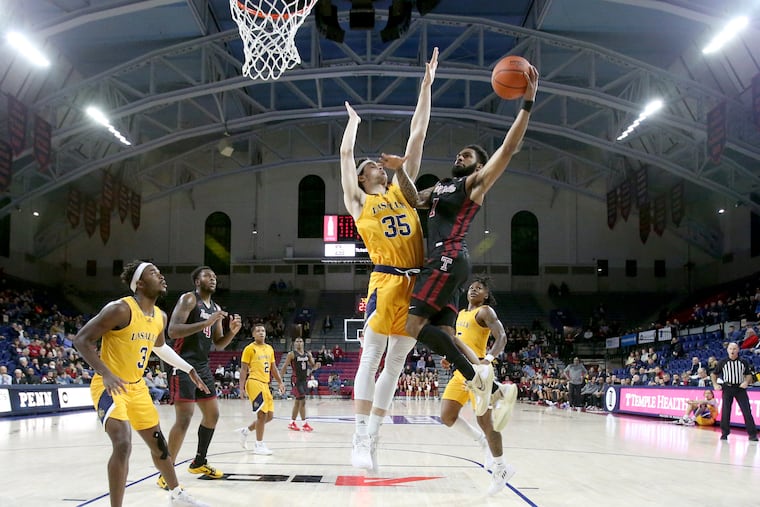Subdued atmosphere for Palestra doubleheader shows the Big 5 isn’t what it once was
The rivalries and programs aren’t as strong. The landscape of college basketball has changed. It will be nearly impossible to recapture the magic of the City Series.

The rivalries and programs aren’t as strong. The landscape of college basketball has changed. It will be nearly impossible to recapture the magic of the City Series.
